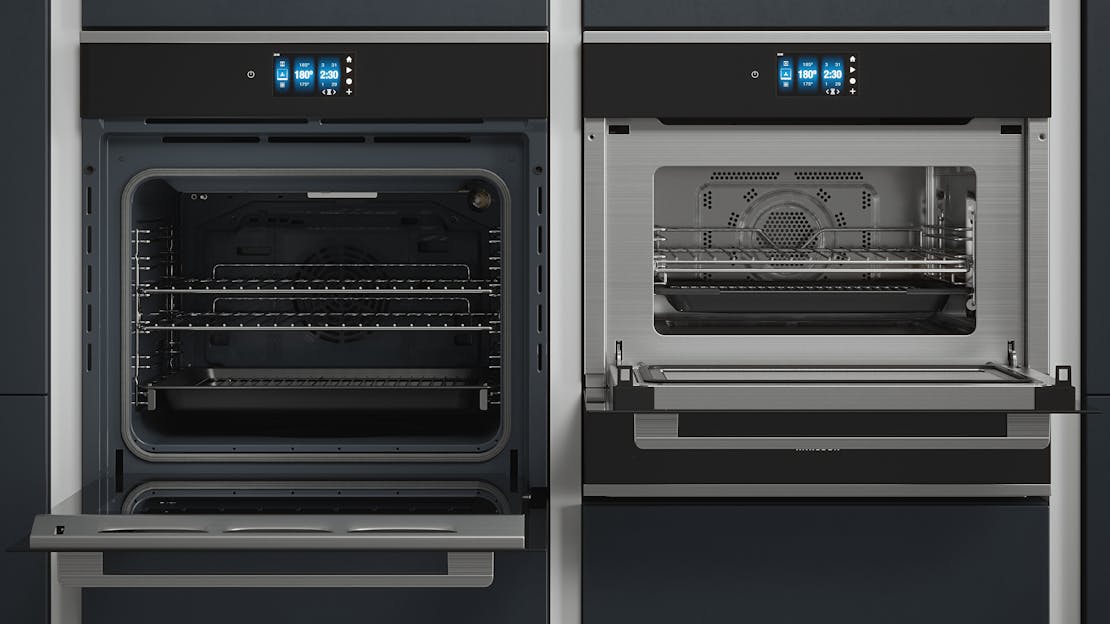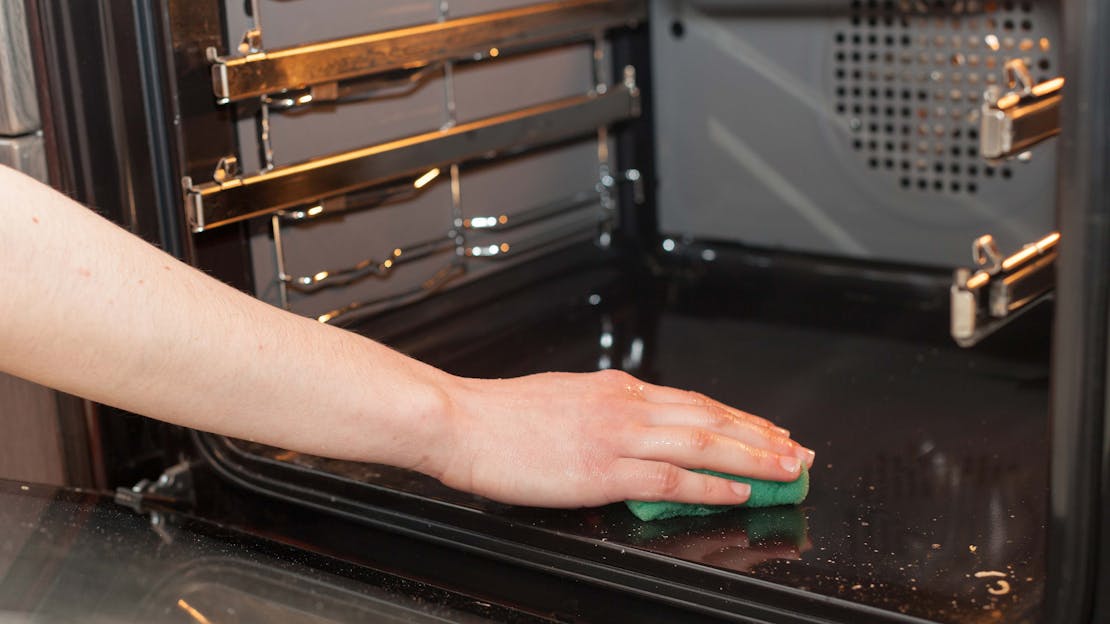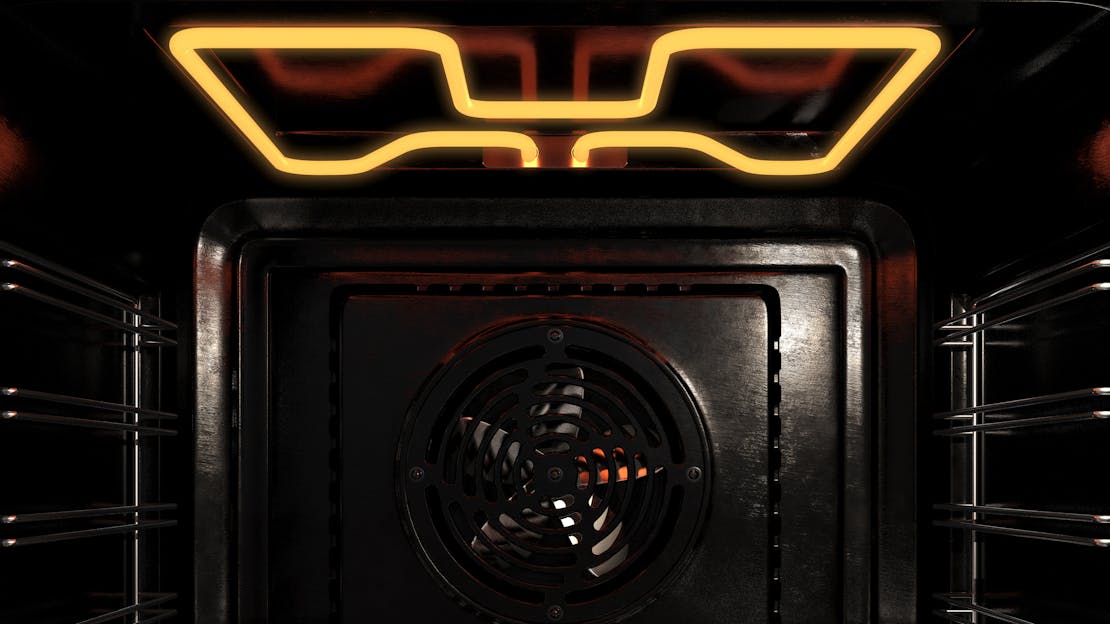
What to do before using your electric oven for the first time
Embarking on a culinary journey with your brand-new electric oven is an exciting experience, promising delectable dishes and delightful treats. However, the initial usage might come with a few surprises, including an unusual smell and the necessity for a burn-in process. In this guide, we will walk you through the essential steps for using your electric oven for the first time, ensuring that your culinary creations are not only flavoursome but also prepared safely and efficiently.
How To Break In Your Electric Oven
Before you embark on your culinary endeavours, it's a good idea to perform a simple "break-in" process to minimise the smell and ensure that any potentially harmful residues are burned off. Follow these steps to break in your electric oven:
Ventilation: Open windows and turn on exhaust fans to ensure proper ventilation during the break-in process. This will help dissipate any odours and prevent them from lingering in your kitchen.
Remove Accessories: Take out all removable parts from the oven, such as racks and trays, to avoid subjecting them to the initial high temperatures.
Preheat and Maintain: Set the oven to a relatively high temperature, around 200°C (400°F), and let it run empty for about an hour. This process helps burn off any manufacturing residues and odorous compounds.
Cool Down: Allow the oven to cool down completely before cleaning the interior with a damp cloth. This will help remove any remaining particles and reduce the likelihood of unwanted odours during your first cooking venture.
The Burn-In Process
The burn-in process is crucial not only for eliminating unwanted odours but also for preparing the oven for optimal cooking performance. During this process, any lingering traces of manufacturing oils and coatings are eradicated, ensuring that your food won't be affected by any residual tastes or smells. Moreover, the burn-in process allows you to become familiar with your oven's settings, temperature accuracy, and overall operation.
Temperature Variations: As your oven heats up for the first time, you might notice slight temperature variations. This is normal and should stabilise after the initial use.
Test Run: Consider performing a test run with a simple recipe that involves baking or roasting at a moderate temperature. This not only helps further dissipate any lingering odours but also provides you with a chance to understand how your oven cooks and adjust cooking times and temperatures accordingly.
Monitoring: Throughout the burn-in process and the initial uses, keep an eye and nose out for any unusual odours or smoke. If such issues persist beyond the initial uses, it's advisable to contact the manufacturer or a professional for assistance.
What Is Causing The Smell?
It's not uncommon for new electric ovens to emit an unusual smell during their first use. This scent can be attributed to the manufacturing residues, protective coatings, and insulation materials used in the oven's construction. When exposed to the high temperatures of the oven, these materials release volatile compounds that can create an unpleasant odour. While this smell might be disconcerting, it is generally harmless. However, it's advisable to take certain precautions to ensure that your first cooking experience isn't tainted by this scent.
In conclusion, the process of using your electric oven for the first time involves a bit more than simply setting the desired temperature and placing your ingredients inside. By understanding the reasons behind the initial smell, following the break-in steps, and embracing the burn-in process, you'll be well-prepared to embark on a culinary journey filled with delicious creations and culinary successes.
Top Selling Single Electric Ovens from MyAppliances
Upgrade your kitchen with our range of ovens, including fan, multifunction, and self-cleaning options. From even heat distribution in fan ovens to versatile cooking modes in multifunction ovens and hassle-free maintenance with self cleaning ovens, we have everything to suit your cooking needs. Experience convenience and innovation in your kitchen with our oven solutions.
More oven guides and advice
More oven guides and advice
Whether you're a seasoned chef, a passionate home cook, or someone looking to upgrade their kitchen appliances, we're here to provide you with valuable information, tips, and recommendations to help you make informed decisions.
![Pyrolytic, Catalytic or Steam Clean Ovens?]()
Can you confidently compare pyrolytic, catalytic, and steam-cleaning ovens if you were in the market for a new one? If not, you're not alone in this predicament! Nevertheless, it's a vital question to address, even though it won't be the sole determinant in your choice. Presently, the three primary cleaning modes - pyrolysis, catalysis, and steam cleaning - each possess their own merits and limitations.
![What's the difference between a double oven vs single oven?]()
When searching for a new built-in oven, the abundance of options available can quickly lead to feelings of overwhelm. To navigate this extensive selection, it's crucial to begin by considering the type of built-in oven that would be the perfect fit for your home.
![Conventional vs Convectional oven?]()
The terms "conventional oven" and "convection oven" refer to two different types of ovens that work in slightly different ways, but they are often confused for one another.



